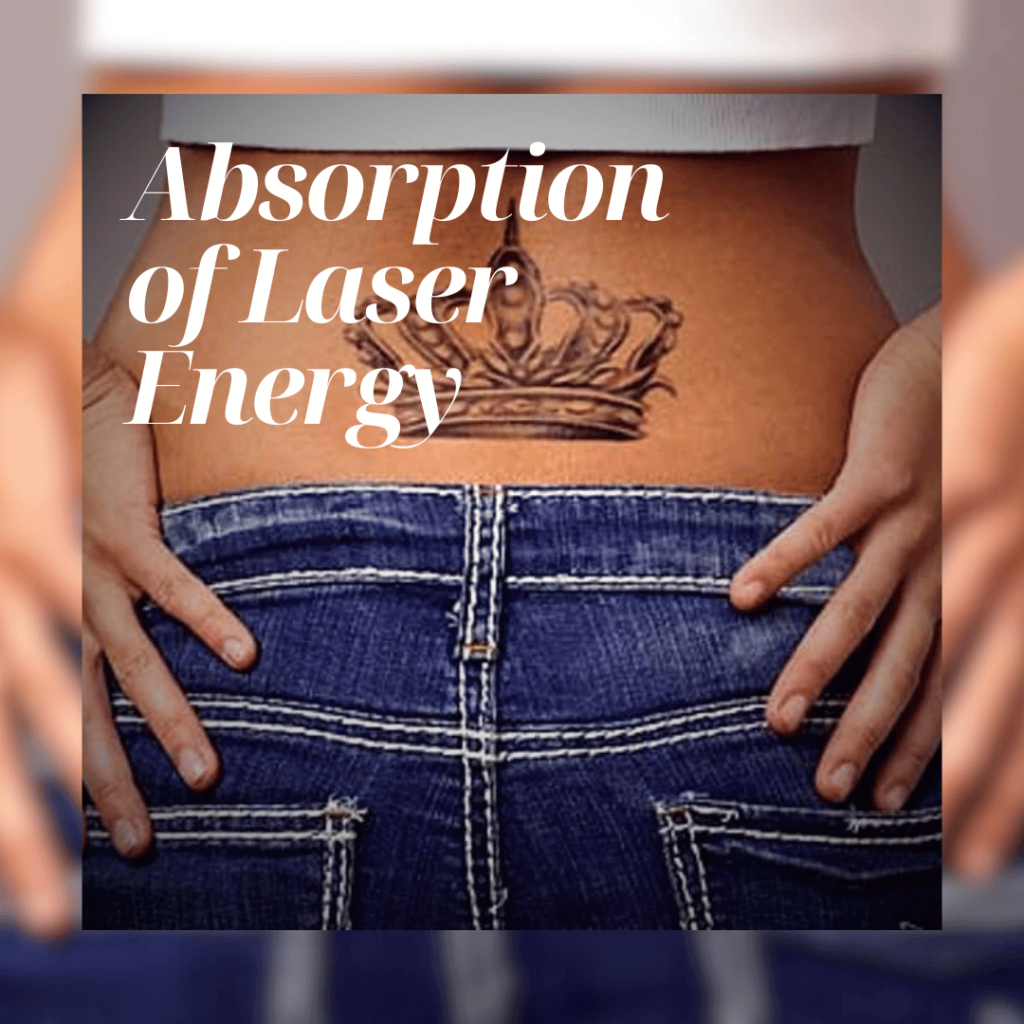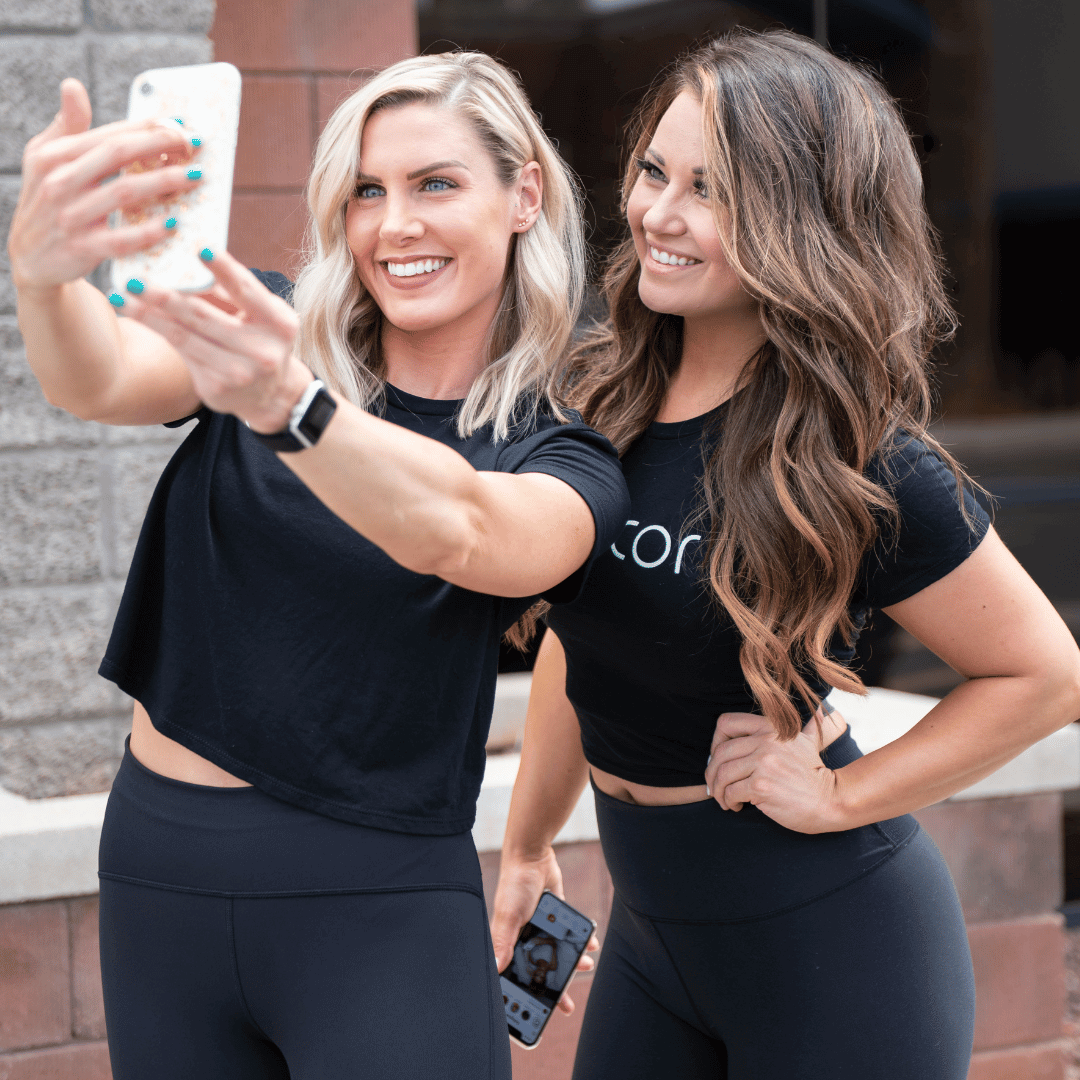Low-Level Laser Therapy (LLLT) for non-invasive body contouring can have specific interactions with tattooed skin that may lead to blistering.
Below is an in-depth description and how to prevent concerns.


Tattooed skin contains various pigment alterations that influence the skin to absorb laser energies differently from person to person.
Unlike the natural melanin in the skin, which absorbs a specific range of wavelengths, tattoo ink can absorb a broader spectrum of laser light.
When the laser energy is absorbed by the tattoo ink, it is converted into heat. This localized heating can be much more intense than in non-tattooed skin due to the concentration and composition of the ink.


The intense heat generated in the tattooed area can cause the skin’s surface to overheat, leading to blistering. This is a thermal injury that can damage both the epidermis and dermis layers of the skin.
Careful assessment before beginning (LLLT) for non-invasive body contouring crucial to creating a positive customer experience.
A thorough assessment of the client’s skin, including any tattooed areas, is essential. Understanding the location, size, color, and type of tattoo ink can inform the treatment approach.


To avoid blistering over tattooed skin during (LLLT) non-invasive body contouring treatments, apply a thin sheet of toilet paper between the skin and the laser diodes touching the skin.
This thin layer of protection is just enough to prevent blistering without interfering with the Low-Level Laser Therapy (LLLT), ensuring both the safety and effectiveness of the treatment.
Monitoring and Evaluation
Continuous monitoring of the tattooed area during treatment and frequent pauses to evaluate the skin’s response can help detect and prevent potential blister formation.
When treating tattooed skin with (LLLT) for non-invasive body contouring, it’s a good idea to start with lower settings.
During treatment, monitor the tattooed skin closely and proceed to increase the strength of settings as you assess the effects of (LLLT) over the tattooed skin.


4 easy steps to emphasize safety and positive customer experience:
Click below to learn more.
LLLT can interact with the pigments in tattooed skin, leading to increased absorption of laser energy. This can cause localized heating and potentially result in blistering if not handled with care.
Tattooed skin contains ink pigments that can absorb a broader spectrum of laser light. This absorption converts the laser energy into heat, which can affect the skin’s response to treatment.
Heat conversion in LLLT refers to the process where absorbed laser energy is turned into heat. In tattooed skin, this can cause intense localized heating, leading to potential skin damage if not managed properly.
Blistering can occur in tattooed skin during LLLT due to the intense heat generated by the absorption of laser energy by the ink. This overheating can cause thermal injury, leading to blisters.
Blistering can be avoided by using protective measures, adjusting wavelength and settings, and continuously monitoring the skin. Understanding the tattoo’s properties and client’s skin type is also crucial.
Protective measures such as applying a thin sheet of toilet paper between the skin and laser diodes.
Adjusting the wavelength and settings to levels less likely to be absorbed by tattoo ink can minimize overheating. This requires understanding laser physics and the specific ink’s properties.
The steps include careful assessment of the tattooed area, adjusting wavelength and settings, using protective measures, and providing specific post-treatment care. These steps ensure a safer and more effective treatment.
Experience non-surgical body contouring. An alternative method
to help with weight loss.
